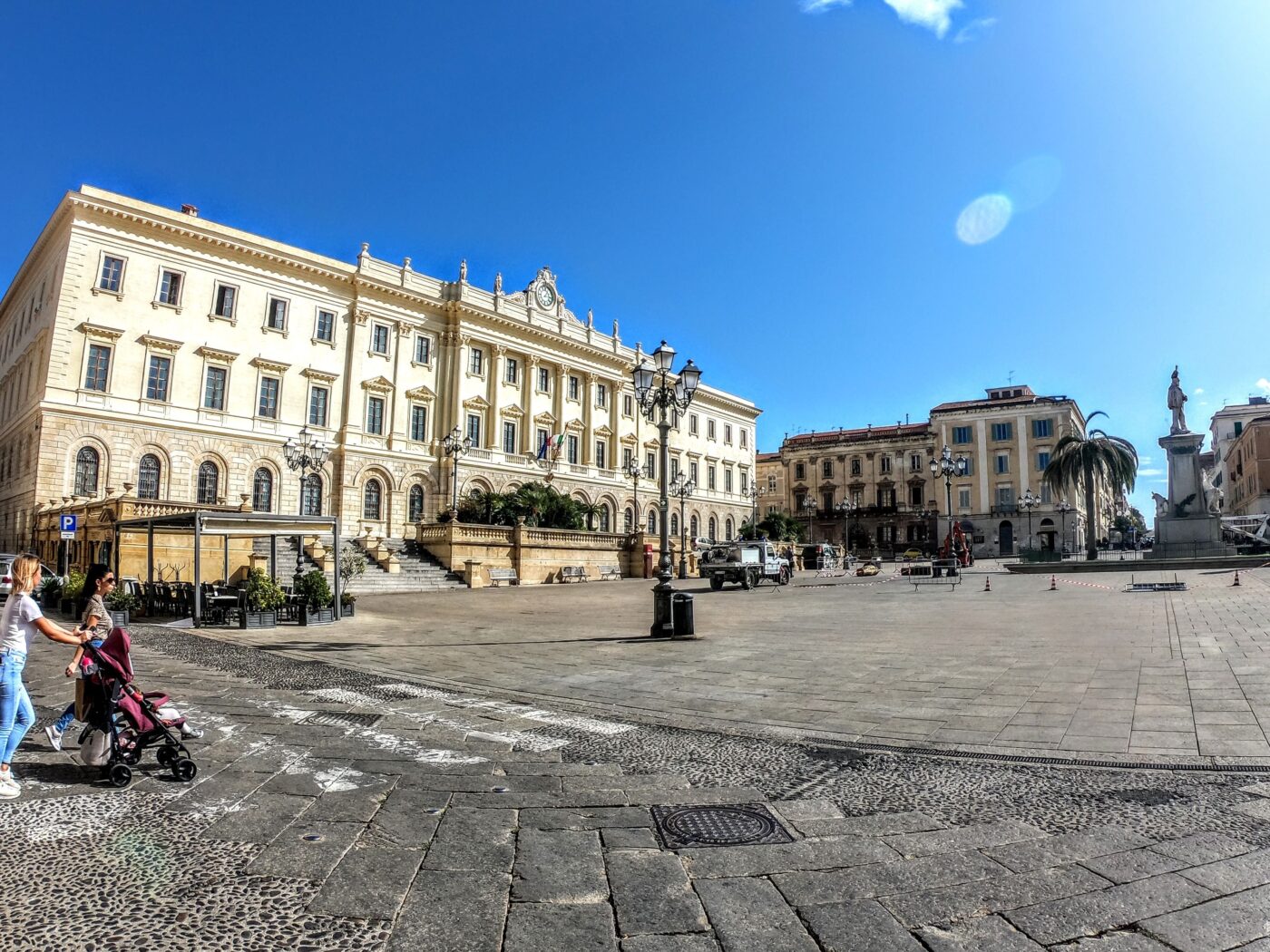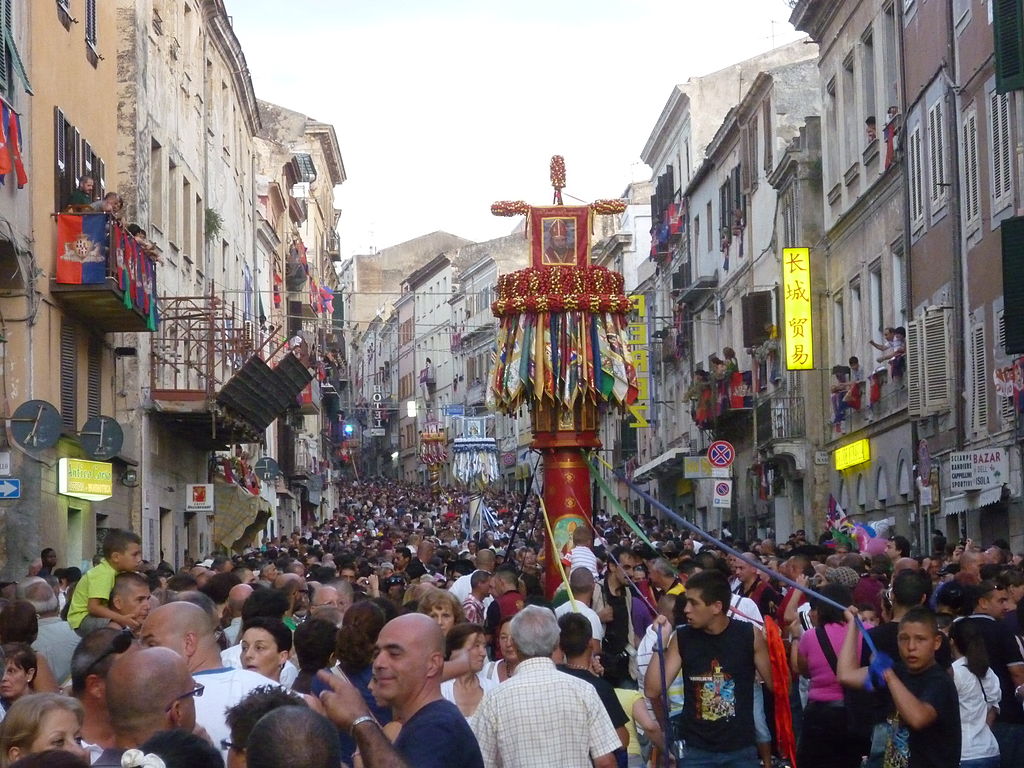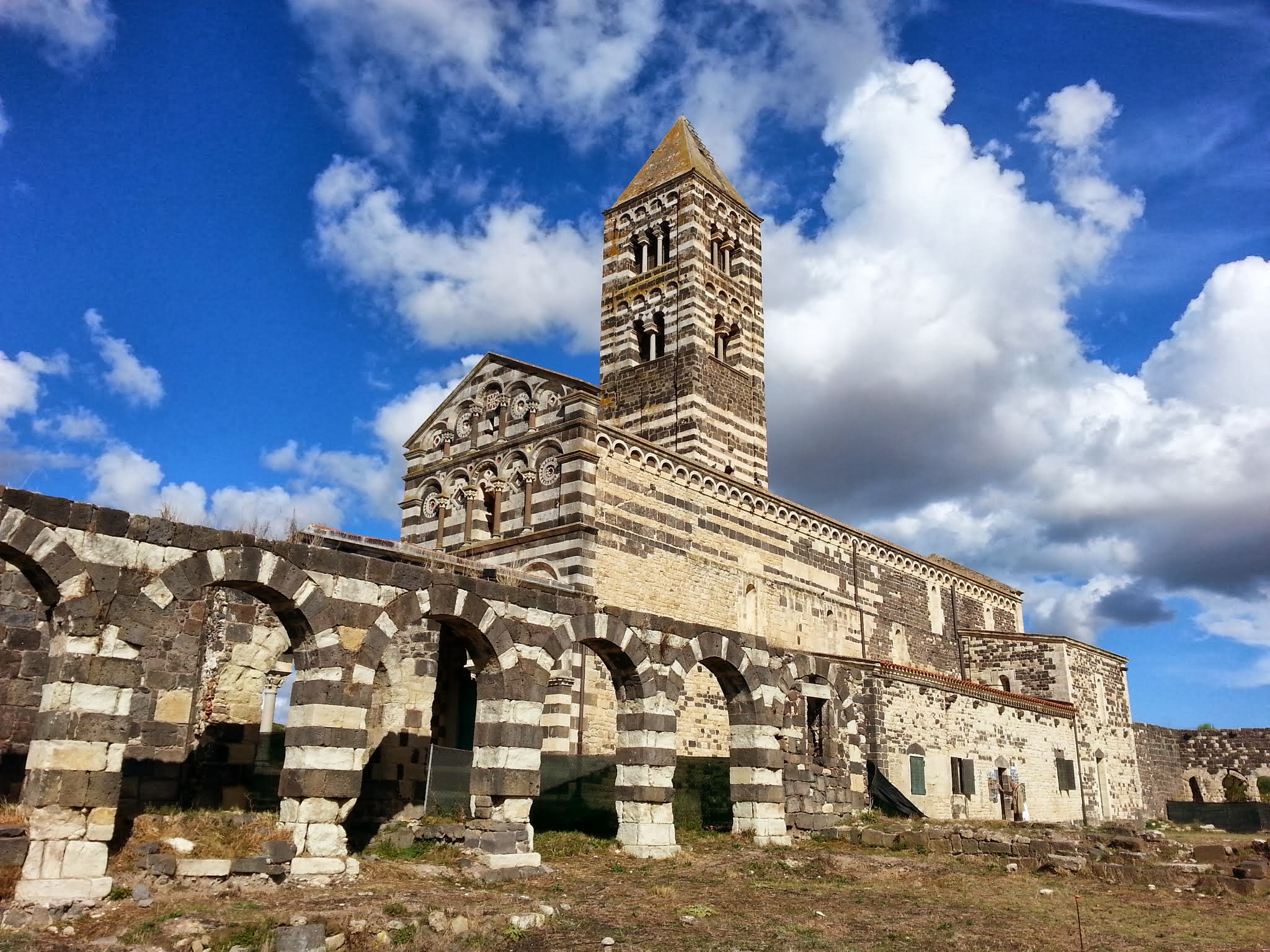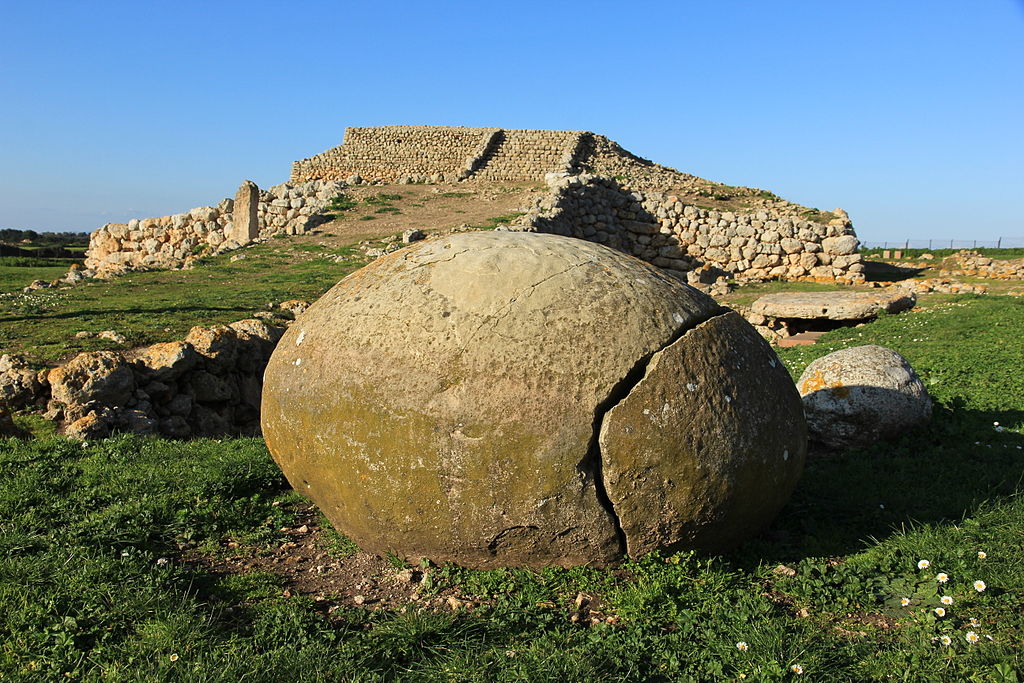Sassari, is a Sardinian town and capital of the homonymous province. Former capital of the Giudicato of Torres, then the seat of the Sassari republic, today it is the second largest city on the island by population, after Cagliari and has about 260,000 inhabitants. Capital of Capo di Sopra, it developed following an aggregation of distinct villages, as evidenced by the nomenclature of some monuments such as San Pietro di Silki, San Giacomo di Taniga, San Giovanni di Boscove. The name of the city is mentioned for the first time in an ancient register dating back to 1131, found in the monastery of San Pietro in Silki, located on the outskirts. The city is divisible into several areas. The Monte Rosello area extends beyond Piazza Mercato, at the beginning of Via Pascoli, and connects to the first nucleus of Sassari with a bridge called Ponte Littorio, inaugurated in 1934 and today called Ponte Rosello, where it is possible to admire the Rosello fountain, symbol of the city. It is considered an allegory of the flow of time, symbolized by twelve mouths and the presence of four statues as the seasons. The residential district of Porcellana originated in the 1930s to meet the needs determined in those years by the large population growth. The original nucleus of the city of Sassari, once delimited by the walls and gates dating back to the XII and XIV centuries, develops around Corso Vittorio Emanuele II, which insists on the layout of the medieval Plata de Codinas.
Sassari is a city that gave birth to important personalities of Italian history such as Enrico Berlinguer, Antonio Segni and Francesco Cossiga; it hosts several museums including, art galleries and the famous Sanna national museum which is an attraction of great importance, divided into two sections, archeology and ethnography, traces the history of the territories of the provinces of Sassari, Nuoro, Gallura and Ogliastra from the Paleolithic up to the 18th century. The ethnographic section includes a collection of Sardinian ethnographic demo objects which is the oldest of its kind on the island. Not to mention the recently renewed padiglione Tavolara.

The territory is also rich in archaeological evidence, among which the Monte d’Accoddi stands out, an important archaeological site of the pre-Nuragic Sardinia. The monument is still considered unique in the entire Mediterranean area and its particularity is given by its structure that can be associated with the famous overlapping horizontal structures, called “ziqqurat” of the Mesopotamian civilization.
The church of Sant’Apollinare and the cathedral of San Nicola di Bari are instead two of the most interesting buildings of the municipality, the first considered the oldest in Sassari, the second characterized by an overlap of artistic styles built starting from the thirteenth century.
Near Sassari there are also some nbeautiful beaches among them the famous Platamona beach, considered the Sassari beach per excellence. Other unmissable are: the beach of Porto Ferro and Porto Palmas, surrounded by nature and characterized by a clear and crystalline sea. To alternate with the beaches, the Park of Monserrato, the historical city park and the Argentiera, considered a sanctuary for naturalistic activities and for trekking, are part of the historical and environmental geomineral park of Sardinia. Inside you can visit the ancient mining village and the Cala della Argentiera beach, previously used as a place for unloading goods.



Among the events, the Cavalcata sarda (a horse parade with traditional garments from all the island) is the best known. Ancient cultural and folkloristic event, usually takes place on the last sunday of May and it is characterized by two main moments. First the parade of groups on foot, on horseback or on traccas (characteristic floats decorated with flowers and everyday objects) in Sardinian costume, all characteristic of their place of origin. Then the party moves to the city racecourse where horses and riders perform in pairs and acrobatic figures. The whole event is obviously accompanied by traditional Sardinian songs and dances that continue until the night. Other events are the Descent of the candlesticks, (la Faradda o la Discesa dei Candelieri) a religious procession deeply felt by the local population that takes place on the evening of August 14 and included since 2013 in the oral and intangible heritage of UNESCO. Finally, the rites of Holy Week, on Easter days, which follow the models of the Iberian religious tradition, a legacy of the Spanish presence in the municipality of Sassari.Sassari gastronomy is also an important tourist attraction. Among the most popular dishes we find the ciogga minudda, a snail with a light color cooked with vinegar and salt water and flavored with cloves of garlic and red chilli. The zimino with beef charcoal grill and finally, the favata that consists of a soup made from dried broad beans, pork, cabbage, fennel and dried tomatoes. Usually tasted warm, it is often served with some slices of toasted bread.